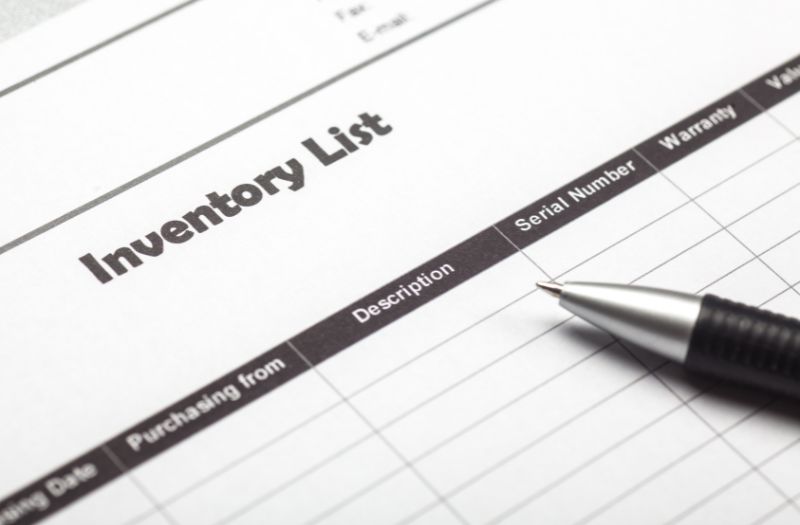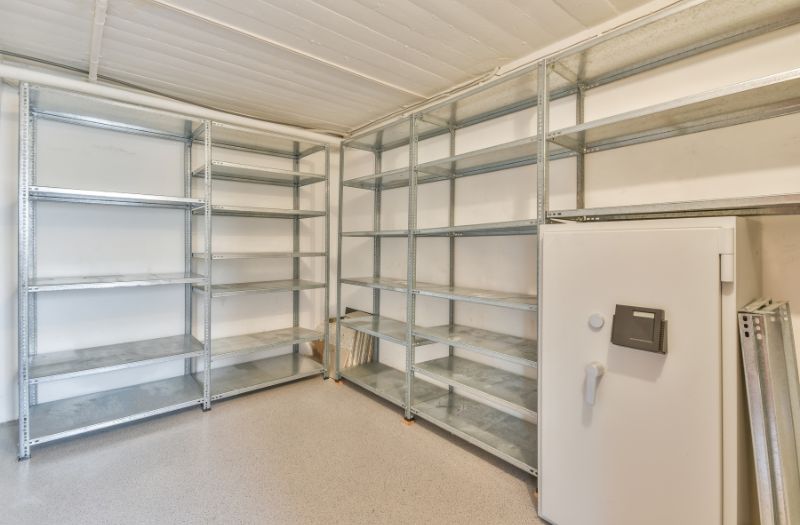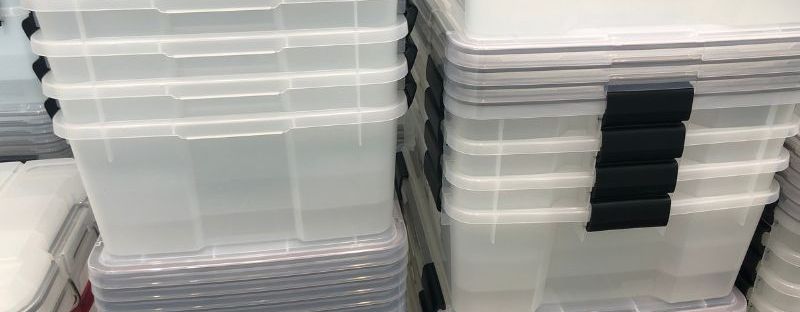For first-time self-storage users, the learning curve can be steep. It’s a bit more complex than just putting things inside your unit and then leaving them there. There’s more to learn to get the most of your money and make your storage unit the most effective.
Right now, storage units are helping millions of people across the country handle moves, store seasonal gear, keep things safe for military personnel posted overseas, and more. You can find a high-quality storage unit in your area at a bargain to help you augment your space and manage your things. They keep you more organized and clear the clutter that so often ends up in garages, basements, and other areas of your home.
For small businesses, self-storage units are a terrific way to manage inventory. You’ll pay a fraction of the cost of renting a commercial space. Still, there are things you should know that will keep your things in pristine condition and make your life easier whenever you need to move things in or out. Here are 13 simple starter tips for self-storage newbies.

1. Climate-Controlled Units Are Worth a Look
Whether you’ll need a climate-controlled unit depends largely on where you live and what you’re keeping in your unit. If you have anything sensitive to temperature swings going in your unit, then ask about climate-control options.
Climate-controlled units are typically more expensive than units without air conditioning, so know that going in. You’ll pay more, but the cost is well worth keeping your things away from mold or warping in the heat.
2. Store Things Off of the Ground Whenever Possible
The ground and the walls are where most of the moisture builds up in storage units. Although the facility you’re storing at should employ their own moisture prevention measures, what you do inside of your unit can be just as important.
The biggest thing that you can do is to keep things off of the floor. If you’re keeping items in there long-term, put them on wooden pallets or cinder blocks. This allows air to flow underneath your property and prevents water buildup.
The same goes for walls. Keep things off of the walls, even if ever so slightly.

3. Keep an Inventory List
The only people who regret renting a storage unit are those who pay every month and don’t know what they’re getting in return. That happens, most often, when people can’t remember what they’re keeping there.
Tracking your property with an inventory list helps you remember what you’ve got in there and why. Whenever you move things in and out, update your list.
An updated inventory will help you decide whether next month or next year if you still need the storage unit. It’s easier to end the lease if you find that you’re not keeping as much as you thought, and it’s a nice reminder of the value you’re getting from maintaining your lease if that’s what you decide.
4. Clear Containers Are Your Friend
Boxes are easy and relatively affordable but clear, air-tight plastic containers are a better way to store things. You can see what’s inside of each container without opening it. Also, labels make it easier to remember where things are, and you can typically stack the containers.
5. Leave a Path
Most people will tell you to keep the things you’ll frequently need in the front of your unit. It’s good advice, but what they usually miss is telling you to keep a path to things in the back.
Don’t be that person who has to climb over a mountain of furniture or boxes of shoes to get to your photo albums in the back. Leave a path through your things for easier access.

6. Put Some Shelves Inside
Typically, your storage unit will be completely bare. You can take advantage of vertical space, though, by setting up some low-cost shelving units inside. Shelves make it much easier to store small things and stay better organized.
You can also store things outside of boxes (like inventory for your small business, or shoes, sports equipment, etc.)
7. Ask About Deals!
Remember, you can’t get a better deal on your lease unless you ask. A lot of storage facility owners and managers will have promotions for certain professions, students, moving specials, and other discounts. Check out their websites for any information on promotions. If you can’t find any, it can’t hurt to ask!
8. Don’t Rent Too Far From Home
One of the biggest mistakes that self-storage newbies make is renting too far from where they live. This might be fine if you’re moving, but if you plan on going to your unit regularly, you’ll likely live to regret it.
Thankfully, most areas will have a storage facility close to you. Even if it costs a bit more, you’ll get more value having it close by.

9. Know What Not to Store
Don’t keep any exposed food, hazardous items, anything flammable or combustible, and ask your management about prohibited items. Some storage units prohibit things like fireworks, weapons of any kind, and valuables like jewelry.
Also, don’t put anything living in your storage unit. Some people think that storing a plant for a short while is no big deal. However, it’s dark, and the air is restricted inside. Temperatures can swing widely depending on what time of year it is. Plants in storage units can die very quickly, so think of another option if you need to move them.
10. Consider Liability & Safety
Self-storage facilities are usually very safe. There are access control measures like keypads or cards, and many have 24/7 security on-site. However, you shouldn’t keep anything inside your unit that is irreplaceable or high-value. Jewelry, birth certificates, family heirlooms, and other precious items belong in a safe deposit box or a safe at home.
Before you put anything valuable in your unit, look at your insurance policy to see what they’ll cover in the event of loss and check your lease to see what responsibility your facility assumes.

11. Make Your Unit an Extension of Your Home Storage
People love using self-storage units to manage home storage space better. For example, you can keep bikes there in the winter and store coats in the summer. Changing out seasonal gear saves you space at home and reduces clutter.
12. Heaviest Items Go on Bottom
Avoid smashing things by keeping the heaviest stuff on the bottom when stacking boxes or containers. Even if you think it’s only going to be there short-term, it’s a simple way to prevent property damage and keep your things in good condition.
13. Plan Your Move-in
You’ll save time and frustration by planning your move-in before you start. People go into their unit without a plan and end up having to rearrange everything multiple times to get everything to fit or end up hating going to their unit.
With a plan, you stay organized and know where everything is. Based on your unit’s size, put some time into thinking about where everything should go before you start lifting any boxes.
These tips will get you started off on the right foot and get you the most out of your unit from the beginning. Doing it right will give you peace of mind knowing your property is safe and will say in good shape no matter how long it’s in there.

If you’re looking for a storage facility to store your belongings, Provo Self Storage has got you covered. Here at Provo Self Storage, we offer a wide range of unit selections and top-notch security. To learn more about our self-storage facility, please check out our website at https://storageprovoutah.com/.

